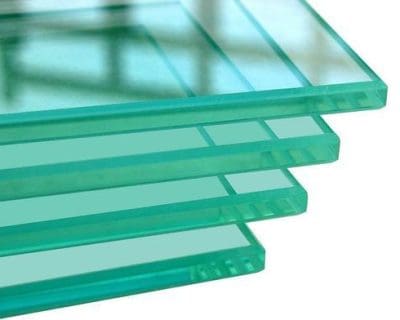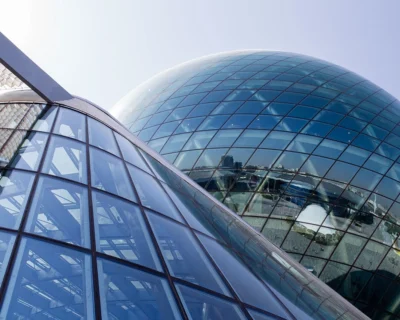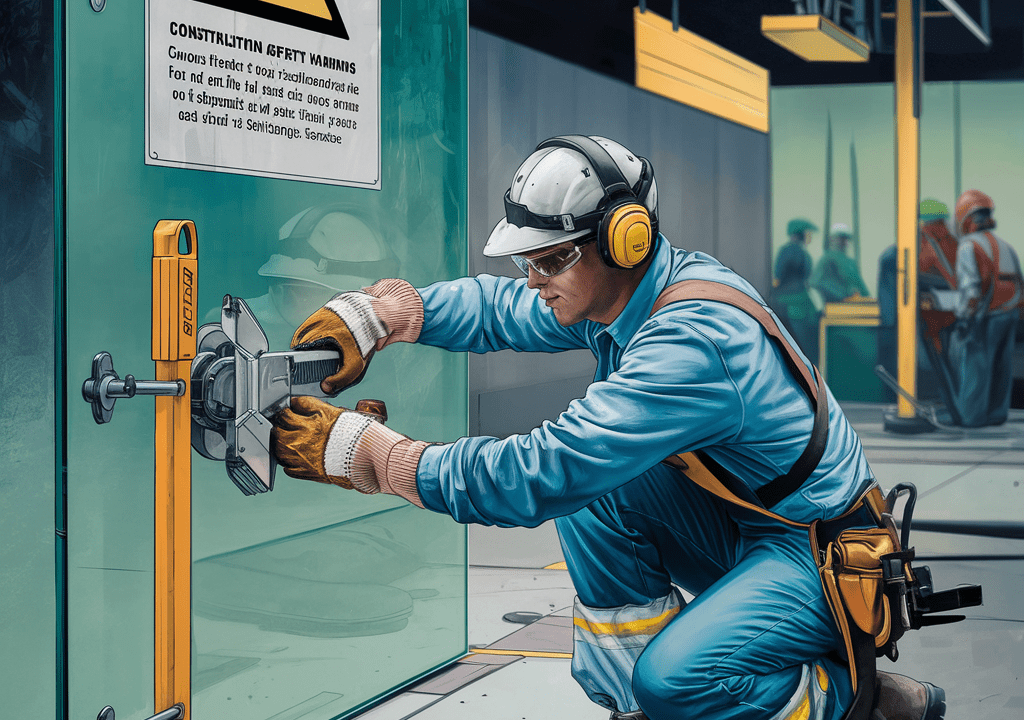
Glass Safety: The Importance of Laminated and Toughened Glass
When it comes to glass safety, two types of glass stand out: laminated and toughened glass. These types of glass are designed to provide an extra level of safety in case of an accident, making them a crucial consideration for any space where glass is used.
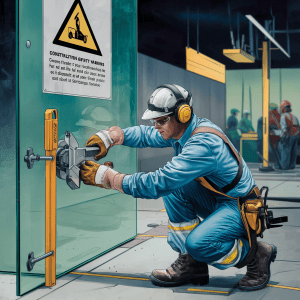
Safety First: Essential Tips for Handling Glass
Gear Up: Before handling any glass, especially large pieces, do safety eye protection glasses and gloves to protect yourself from cuts and debris.
Two is Better Than One: When moving large or heavy glass panels, enlist a helper to ensure a secure and balanced lift.
Carry with Care: Keep glass panels close to your body and avoid carrying them above your head or at arm’s length.
Clean Breaks Matter: Always dispose of broken glass safely. Never walk on it and use a dustpan and broom to collect the shards.
Not all glass breaks the same way. Here’s a breakdown of two common types and their breaking patterns:
Tempered Glass (Toughened Glass): This glass undergoes a heat treatment process, making it significantly stronger than regular glass. When it breaks, it shatters into small, blunt pieces, minimizing the risk of serious injury.
Laminated Glass: This type of glass features a plastic interlayer sandwiched between two glass panels. Upon impact, the plastic holds the glass fragments together, preventing large shards from scattering. This creates a safer environment, especially in areas with high foot traffic or where children might be present.
Laminated Glass: A Safe Option for Windows and Doors
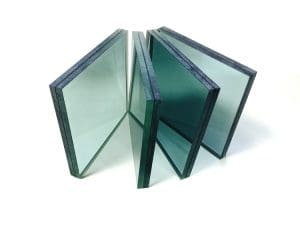
Laminated glass is a type of safety glass that is made by bonding two or more layers of glass together with a layer of plastic in between. This layer of plastic helps to hold the glass together in case of breakage, preventing the glass from shattering into dangerous shards.
One of the key benefits of laminated glass is that it does not shatter during impact. Instead, it may crack or break, but the plastic layer helps to keep the glass intact. This makes it an ideal option for windows and doors, particularly in areas where there is a high risk of impact or breakage.
Toughened Glass: A Strong and Safe Option for Glass Surfaces
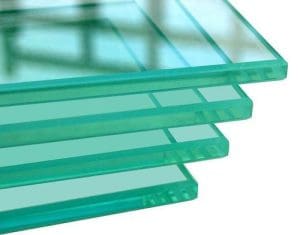
Tempered glass, better known as toughened glass, is a type of safety glass that is made by heating and cooling glass rapidly. This process creates a glass that is much stronger and more resistant to breakage than regular glass.
Whenever toughened glass breaks, it shatters into small, rounded pieces rather than sharp shards. This makes it a safe option for glass surfaces such as tables, shelves, and shower doors.
Beyond Safety: Additional Benefits of Laminated and Toughened Glass
Both laminated and toughened glass offer advantages beyond safety:

Improved Noise Cancellation: Laminated glass provides better sound-resistant features due to the interlayer, making it perfect for noisy environments.
Enhanced Security: Laminated glass can withstand shattering therefore making forced entry more troublesome.
UV Protection: Both laminated and toughened glass can be treated to block harmful UV rays, protecting your furniture and interiors from fading.
By understanding the basics of glass safety and the benefits of laminated and toughened glass, you can make informed decisions to create a safer and more secure environment. Remember, prioritizing safety doesn’t mean compromising your aesthetics or functionality. With the right kind of glass, you can have it all!
Choosing the Right Glass for Your Needs
When it comes to glass safety, it’s important to choose the right type of glass for your needs. Laminated glass is a great option for windows and doors, while toughened glass is ideal for glass surfaces.
Working with a reputable glass supplier or installer who can guide you to the best type of glass for your needs is also important. By prioritizing safety and choosing the right type of glass, you can help ensure that your space is functional and safe.
Transforming spaces with precision and elegance, TSL Industries is your partner destination for top quality glass and aluminum profiles. Elevate your projects with our innovative solutions, designed to exceed expectations and inspire awe. Experience the difference with TSL Industries- where craftsmanship meets creativity.
Glass Safety FAQ
Q: What should I wear when handling glass?
A: Safety glasses and gloves are essential to protect yourself from cuts and debris.
Q: How should I move large or heavy glass panels?
A: Always have a helper to ensure a secure and balanced lift. Carry the glass close to your body and avoid extending it above your head or at arm’s length.
Q: How do I safely dispose of broken glass?
A: Never walk on broken glass. Use a dustpan and broom to collect the shards carefully and dispose of them in a designated bin.
Q: What’s the difference between how tempered and laminated glass break?
A: Tempered glass shatters into small, blunt pieces. Laminated glass, even if cracked, holds the fragments together due to the plastic interlayer, preventing large shards from scattering.
Q: When would temper glass be a better choice?
A: Tempered glass is ideal for situations where thermal stress or impact is a concern, like glass tabletops, side panels, or oven doors.
Q: Where should I consider using laminated glass?
A: Laminated glass is excellent for large panes or areas with high-impact risk, like glass windows, or skylights. It also offers improved soundproofing and security.
Q: Does toughened glass offer any benefits besides safety?
A: Yes, toughened glass is also more resistant to heat than regular glass.



